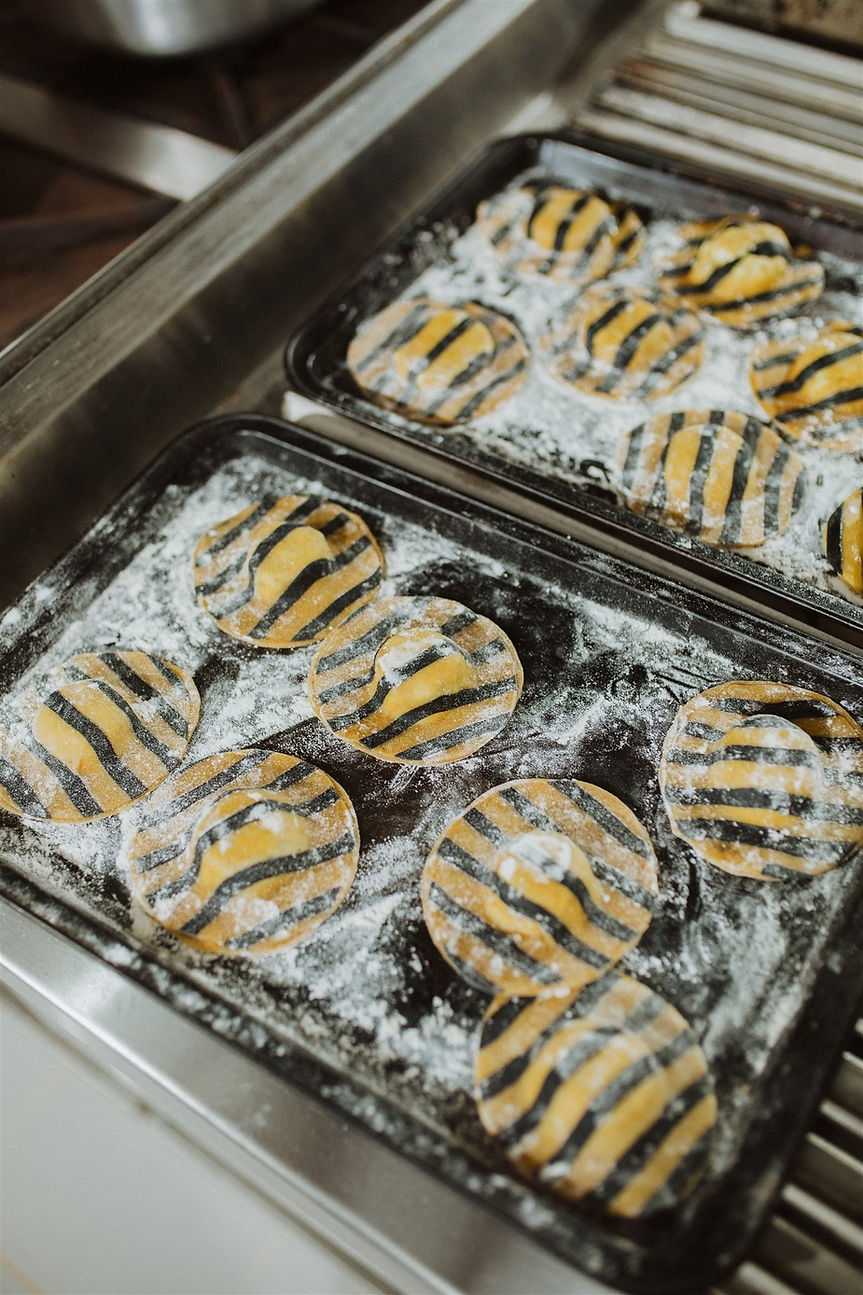
COLOMBIA'S UNIQUE
FOOD CULTURE

Flavors of Colombia
Colombian food is as varied and colorful as the country itself. From the mountains of the Andes to the Caribbean coast and down into the Amazon basin, each region brings its own flavors, ingredients, and traditions to the table. What you eat in Bogotá is completely different from what you’ll find in Cartagena or Medellín—and that’s part of what makes exploring Colombian cuisine so rewarding.
The history behind the food is just as rich. Long before Spanish colonization, Indigenous communities were cultivating maize, yuca, and tropical fruits—staples that still show up in everyday dishes. The Spanish brought new ingredients like rice, wheat, pork, and spices, while African influences, especially along the coasts, added bold flavors, fried techniques, and the creative use of plantains and coconut.
Today, Colombian cooking reflects that mix of cultures, climates, and local ingredients. It’s not about fancy presentations or global fame—it’s about comfort, community, and recipes passed down through generations. Whether it's a simple arepa from a street cart or a home-cooked sancocho on a Sunday afternoon, food here tells a story worth tasting.


Famous Flavors of Colombia
Arepas
Found on nearly every Colombian table, arepas are round corn cakes that vary widely by region. Some are thick and grilled, others are thin or stuffed with cheese, meats, or eggs. They’re eaten for breakfast, as a snack, or alongside main meals. As Colombians say, “una arepita nunca cae mal” (an arepa is never a bad idea).
Bandeja Paisa
A signature dish from the Antioquia region, bandeja paisa is a massive plate packed with beans, rice, ground beef, fried egg, avocado, plantain, chorizo, chicharrón, and arepa. It’s hearty and deeply satisfying. People often joke that it’s “comida pa’ aguantar el día” (food to power through the day).
Ajiaco
This rich, chicken-and-potato soup comes from Bogotá and the Andean region. It’s made with three types of potatoes, corn on the cob, and the herb guasca, and it’s traditionally served with cream, capers, and rice. On cold days, locals call it “una sopita que abraza” (a soup that hugs you).
Empanadas
Colombian empanadas are corn-based, deep-fried, and usually filled with meat and potato. Sold on nearly every corner, they’re a go-to snack—especially with a splash of ají (spicy sauce). You’ll often hear, “una empanadita con ají y quedas feliz” (an empanada with ají and you’re good to go). Our favorites are in the region of Santander.
.
Sancocho
A traditional stew served all over the country, sancocho combines meat, yuca, plantain, potato, and corn in a slow-cooked broth. It’s a popular Sunday family meal, and many Colombians say it’s “el sabor de la casa” (the taste of home).

Adventurous Eats in Colombia
Hormigas Culonas
In the Santander region, one of the most talked-about snacks is hormigas culonas—literally “big-bottomed ants.” These giant ants are harvested during the rainy season, roasted with salt, and eaten like peanuts. Locals consider them a delicacy and even an aphrodisiac. Tourists may hesitate, but many say they’re crunchy and nutty, not too different from roasted seeds. As they say in Barichara, “si vas, las pruebas.” (If you go, you’ve got to try them.)
Lechona
Lechona is a whole roasted pig stuffed with rice, peas, spices, and meat. It’s slow-cooked for hours, often overnight, until the skin is crispy and golden. Popular in Tolima and the Andean region, it’s usually served during festivals or big family events. The unusual part? It’s served directly from the hollowed-out pig—skin and all. It might be a bit intense for the uninitiated, but it’s a beloved tradition.
Caldo de Criadillas
This dish, found in certain cattle-farming regions, is a soup made from criadillas—calf testicles. The organs are cleaned, sliced, and simmered with potatoes, herbs, and broth to create a surprisingly silky texture. Though it raises eyebrows, many claim it’s full of nutrients and even “bueno pa’ levantar el ánimo” (good for boosting your mood). It’s not a common restaurant item, but in rural areas, it still holds its place in traditional cooking.
.
Cuy
While more common in neighboring Peru and Ecuador, cuy—guinea pig—is also eaten in parts of southern Colombia, particularly near the Nariño region. It’s typically roasted or fried whole, including the head and feet. The meat is gamey, often compared to rabbit, and considered a festive or ceremonial food. It’s not for everyone, but in many Indigenous communities, it’s a respected and meaningful dish.
Sopa de Pato o Pato al Piquete
In some rural areas of Colombia, duck soup or stewed duck is served with blood-based sauces, including the duck’s own blood thickened with spices. Known in some regions as pato al piquete, it’s rich, flavorful, and made using every part of the animal—an old-school approach that’s both sustainable and culturally rooted. It might sound intense, but locals see it as “comida con historia” (food with history).
